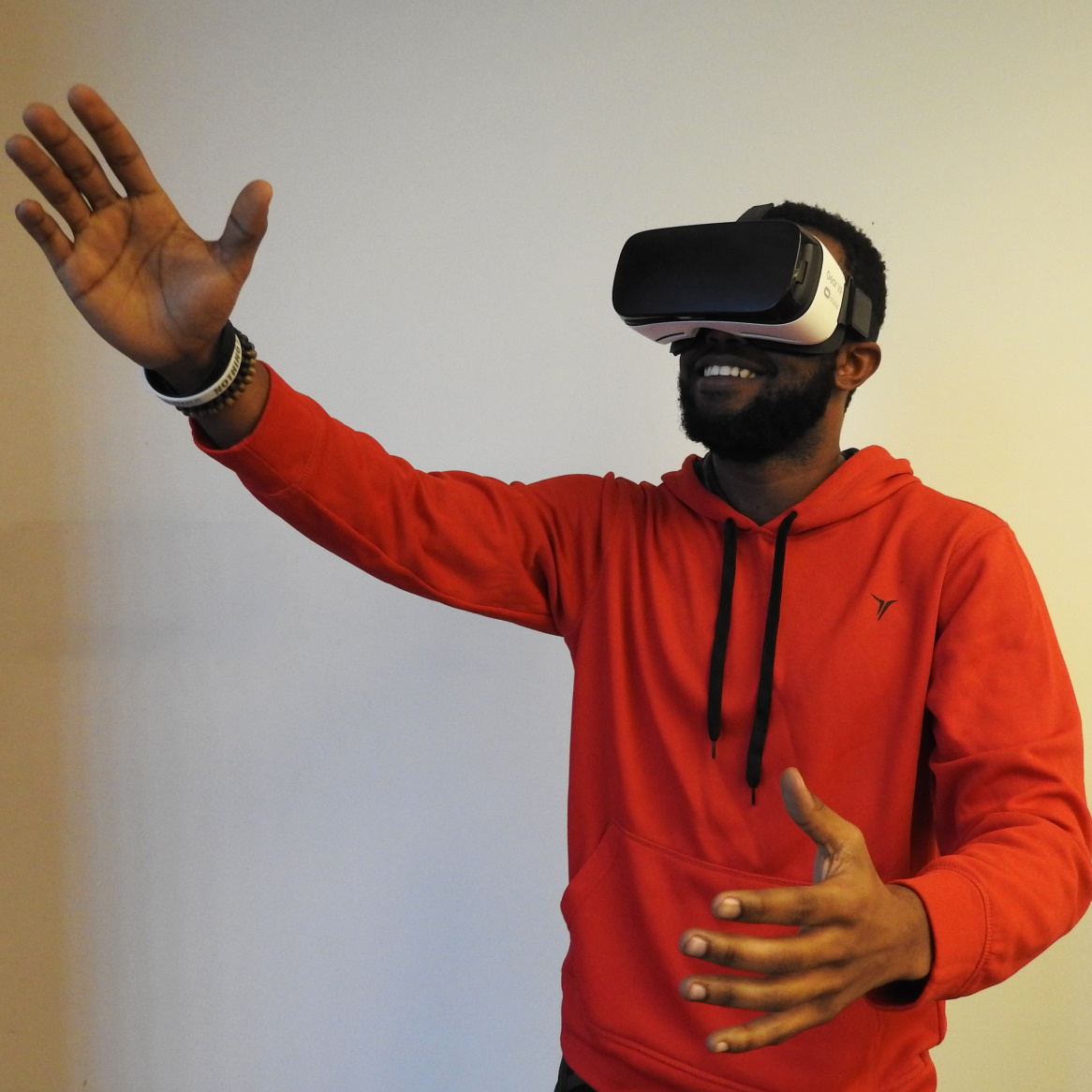In February 2019, the general SDMI board sent out a directive for counting online worshippers.
The criteria for online attendance should address these items: personal identification, minimum duration, opportunity for participation, follow-up from host congregation.
Churches may include in their regular worship attendance the number of confirmed devices or individuals who have:
- remained connected during at least 50% or 30 minutes of the streamed gathering or recorded content
- engaged the broadcasting church by:
- Online registration or identification
- Provided an opportunity for personal participation or communication (Chat rooms, submission of prayer requests, etc.)
- received weekly personal contact/follow-up by a designated individual from the hosting congregation
Church should indicate on-campus and on-line attendance separately when reporting monthly worship attendance.
Churches should take care to actively engage online participants in the same manner they do those present at their physical gatherings. Intentional efforts should be made to enter them into discipleship processes and, where possible, move them from the digital gathering to the physical gathering of the local congregation.
Based on observed (and sometimes confessed) behavior, I wonder what would happen were we to apply the same requirements of those who visited physically.
Let’s take item 1 regarding remaining connected. How many people are really and truly connected at our physical services? I have spoken to many who are flat-out are disengaged during the singing of worship songs. I have known others who have calculated the average amount of singing and will show up at the service at that average time, trying to minimize (or eliminated) any presence during the singing. Yes, these can be exceptions, however, with what we know about attention spans, it really shouldn’t be that much of a surprise that people aren’t engaged for the full service when physically present at them.
Item 2 is actually quite interesting. In my short experience, by this measure, most people seem to be “engaged” (again, as defined by item 2). This item is different insofar as being an “opportunity” not necessarily an action. As for saying “I’m here”, that is one of the beauties of online, is that the church’s capability to “prove” attendance is actually part of many platforms. However, connection cards—whether digital or physical—are really only somewhat successful.
It is, though, really Item 3 that is the most significant. This item would fall under the area called life groups (or discipleship groups or small groups or…). Most churches, that I am aware of, know that this particular subsection of the church is vital to both the health of the larger congregation, the church as a whole, and the growth of individuals toward a fuller expression of Jesus Christ.
This is probably part of the Church of the Nazarene’s Wesleyan heritage that creates a focus on this. However, it’s this heritage that also, sadly, displays the shortcomings of the current Western church culture at large. The “official” metric for Sunday School (the Church of the Nazarene term for all things not Sunday service) would be quite interesting were we only able to include those that attended both a Sunday Service and a life group of some sort. Many church’s official attendance would be significantly reduced.
Now, to be honest, that may not be a bad thing. Imagine if the reported metric was attendance and it only counted for those who did both? How would the church (digital or physical) change its behavior? That is an interesting thought experiment itself.




